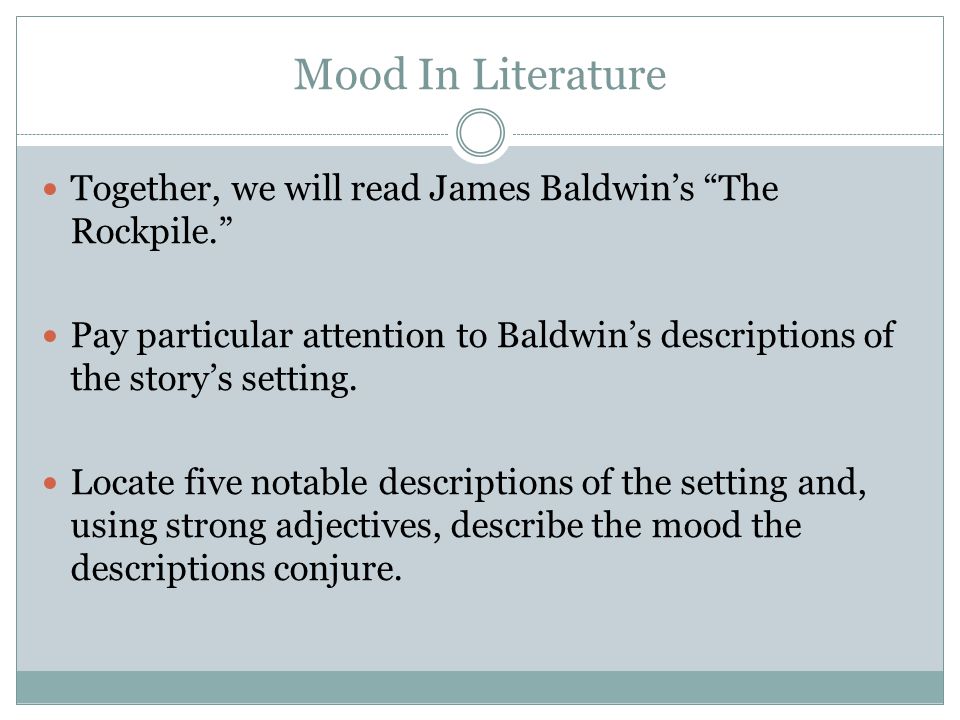

“I left America,” he wrote in 1959, “because I doubted my ability to survive the fury of the colour problem here … I wanted to prevent myself from becoming merely a Negro or even merely a Negro writer.” In Paris, he was befriended by the writer Richard Wright, also an African American, and through him, Baldwin was introduced to the American expatriate arts community. The essay collections that followed - Notes of a Native Son (1955), Nobody Knows My Name (1963), and The Fire Next Time (1963) - made him known to a larger, white audience. His first novel, the partly autobiographical Go Tell It on the Mountain, was published in 1953 to great critical acclaim. Critics have often pointed to the influence of the church in his writing, both in his recurrent themes of redemption, and in his cadences and style.Īn avid reader who published his first story in a church newspaper when he was 12, Baldwin left home at 17 and moved to Greenwich Village. “Those three years in the pulpit - I didn’t realize it then - that is what turned me into a writer, really, dealing with all that anguish and that despair and that beauty,” he later wrote. At 14, Baldwin became a minister at a small church in Harlem. When Baldwin was three, his mother married a factory worker who was also a minister. Much of his writing explores the destruction people can wreak upon one another through hatred, and extols the saving power of love and brotherhood.īorn in Harlem in 1924, Baldwin was the son of a domestic worker and a father he never knew. A rallying voice for the Civil Rights Movement in the 1960s, Baldwin was a master polemicist against social injustice as well as an accomplished novelist, playwright, poet, short story writer, and children’s book author. One of the best known African American writers of the 20th century, James Baldwin has been celebrated for both his fiction and nonfiction. Photo courtesy of the estate of James Baldwin


 0 kommentar(er)
0 kommentar(er)
